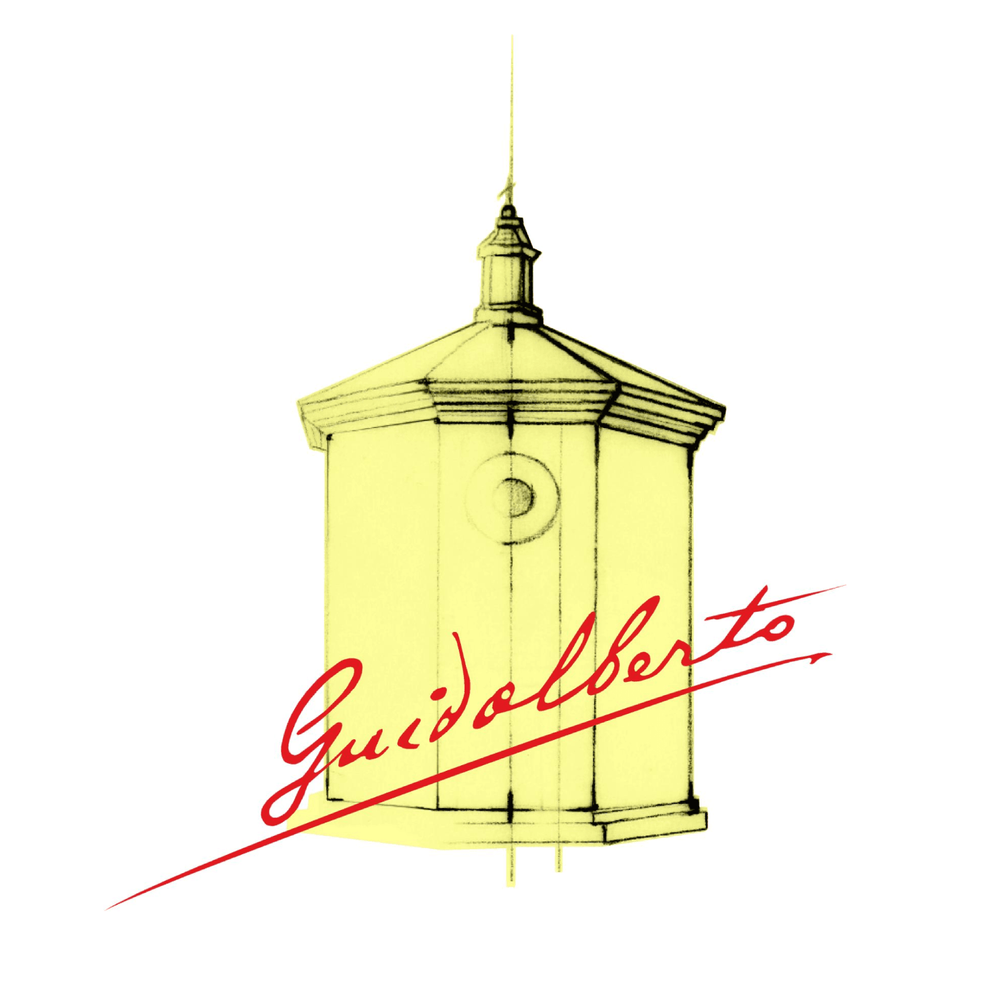Vintage
GUIDALBERTO 2014
CLASSIFICATION
IGT - Toscana
FIRST VINTAGE ON THE MARKET
2000
GRAPES
Cabernet Sauvignon, Merlot

Guidalberto
SOIL STYLE
The soils on which the vineyards stand has varied and complex terrain features with a strong presence of limestone, feature areas rich in marl and pebbles as well as being partly clayey; they sit at an altitude of between 100 and 300 metres above sea level, with a south/south-west exposure.
WEATHER TRENDS
This was a rather unusual vintage in Bolgheri, as it was in the rest of Italy. Certainly a somewhat hasty misjudgement. There was rain in Bolgheri, but not as much as in other parts of Italy. The Cabernet grapes reached phenolic ripeness never seen in other vintages, with great expression of aromas and perfumes favoured by the slow ripening on the vine. The winter was fairly mild, the spring began late with a rather harsh April compared to the seasonal norm, which contributed to the late start of vegetation. In May, vegetation started thanks to the arrival of warmer temperatures. The summer saw sunny days and average temperatures until the beginning of July. From the first ten days of July, there were a few disturbances that led to rainfall and a drop in temperatures, signalling the end of summer as early as mid-August. The tramontana winds at the beginning of September allowed the grapes to dry out and ripen slowly. The slow ripening and the climatic conditions allowed for harmonious wines, with a lower alcoholic impact but with a distinct elegance in perfect style with the philosophy of Tenuta San Guido.
HARVESTING
Harvesting, strictly by hand, began with the Merlot grapes in the first ten days of September and continued from the end of September until late October with the Cabernet Sauvignon grapes. The grapes arrived in the cellar healthy, crisp, evenly ripened and with a distinct aromatic character.
FERMENTATION
Very gentle pressing and destemming of the grapes. Fermentation in steel vats at a controlled temperature of around 30° - 31° C (without the addition of external yeasts), with maceration of the grapes for around 12-14 days for the Merlot and 9-10 days for the Cabernet Sauvignon. During fermentation, subsequent pumping over and offloading happened. Malolactic fermentation took place in steel vats.
AGEING
Once malolactic fermentation was complete, the wine was placed in French oak barriques, and a small part in American oak, where it was aged for a period between the 20 and 25 months. The duration of the ageing is technically decided on the basis of the seasonal trend of the vintage.